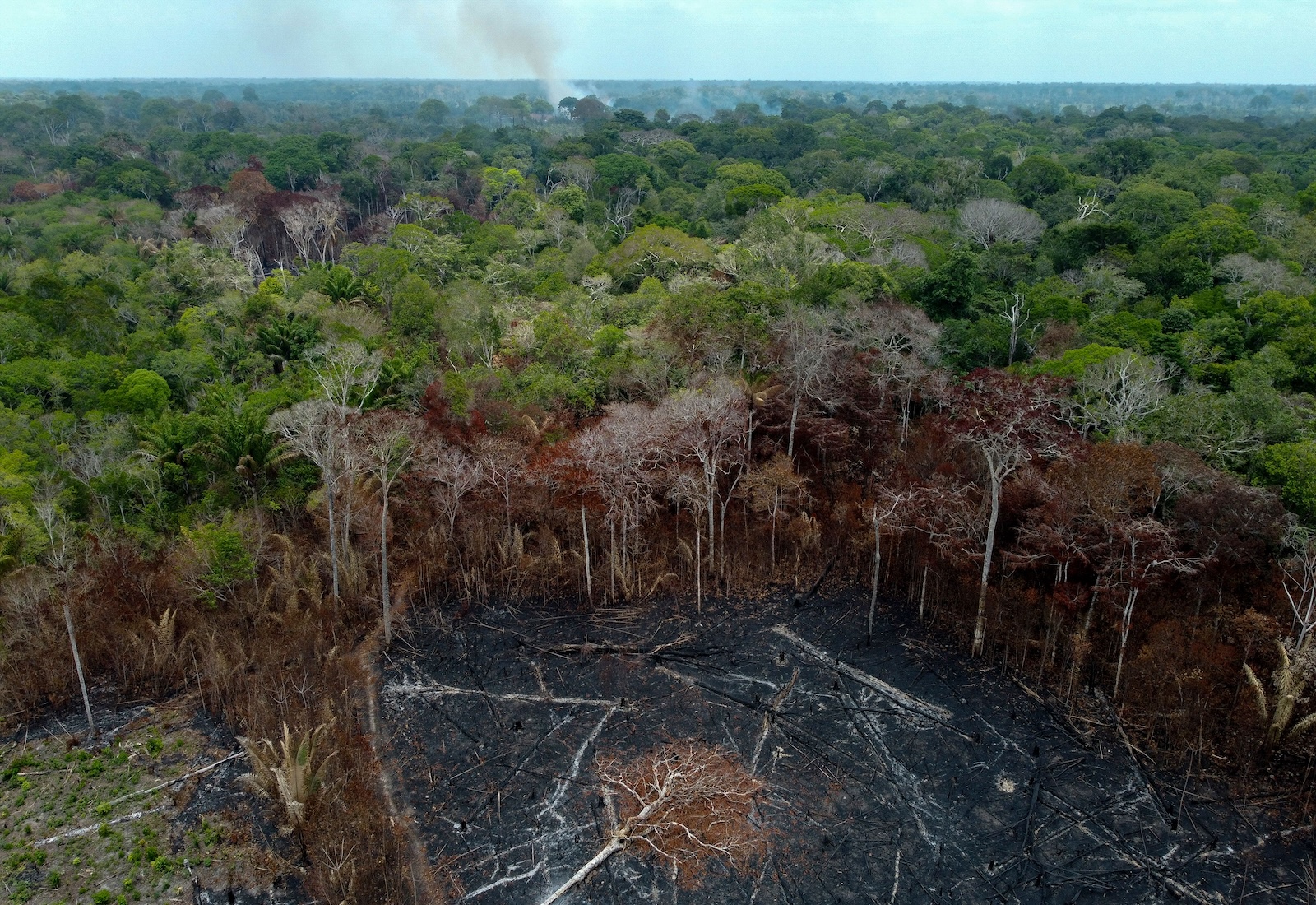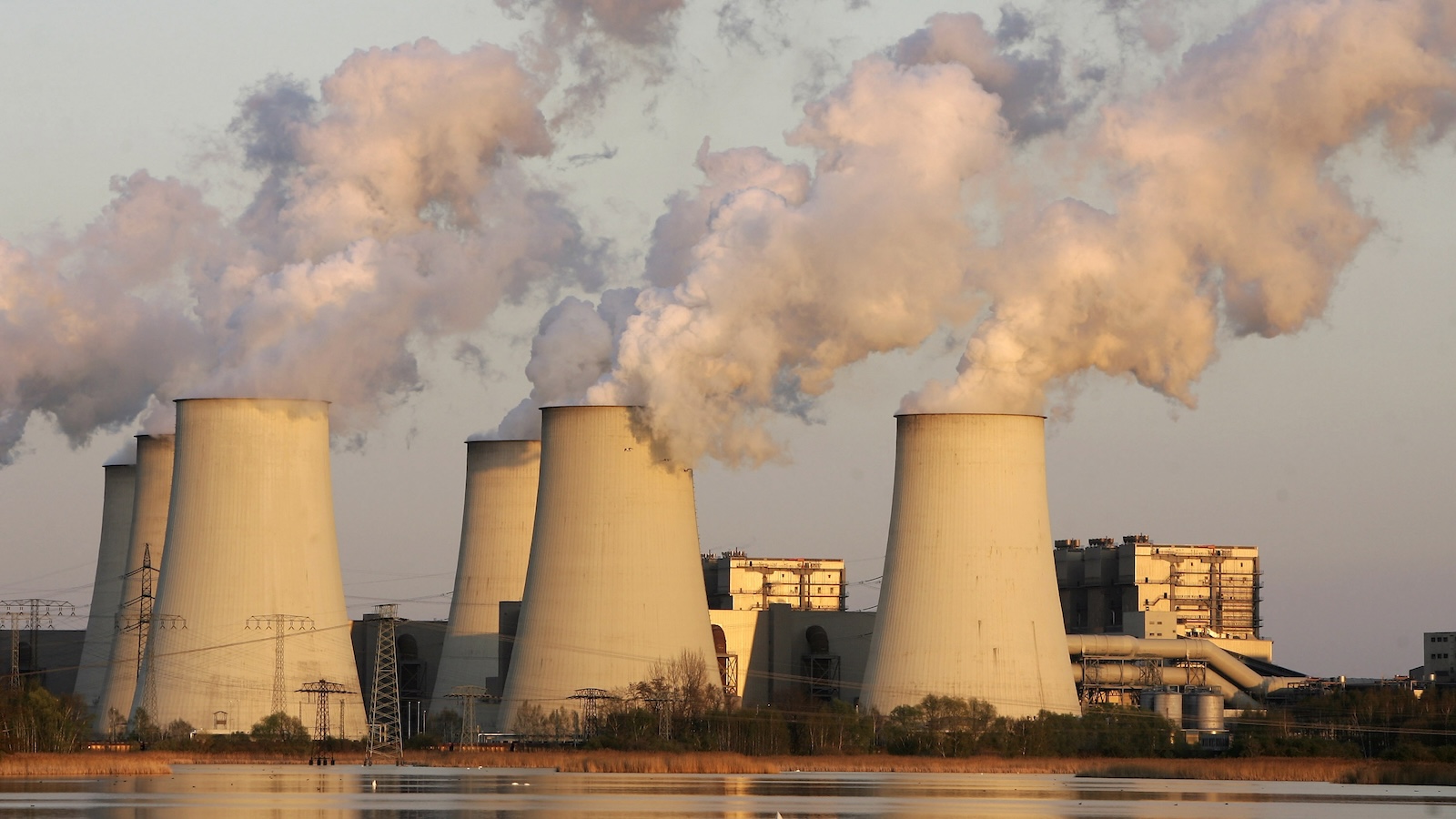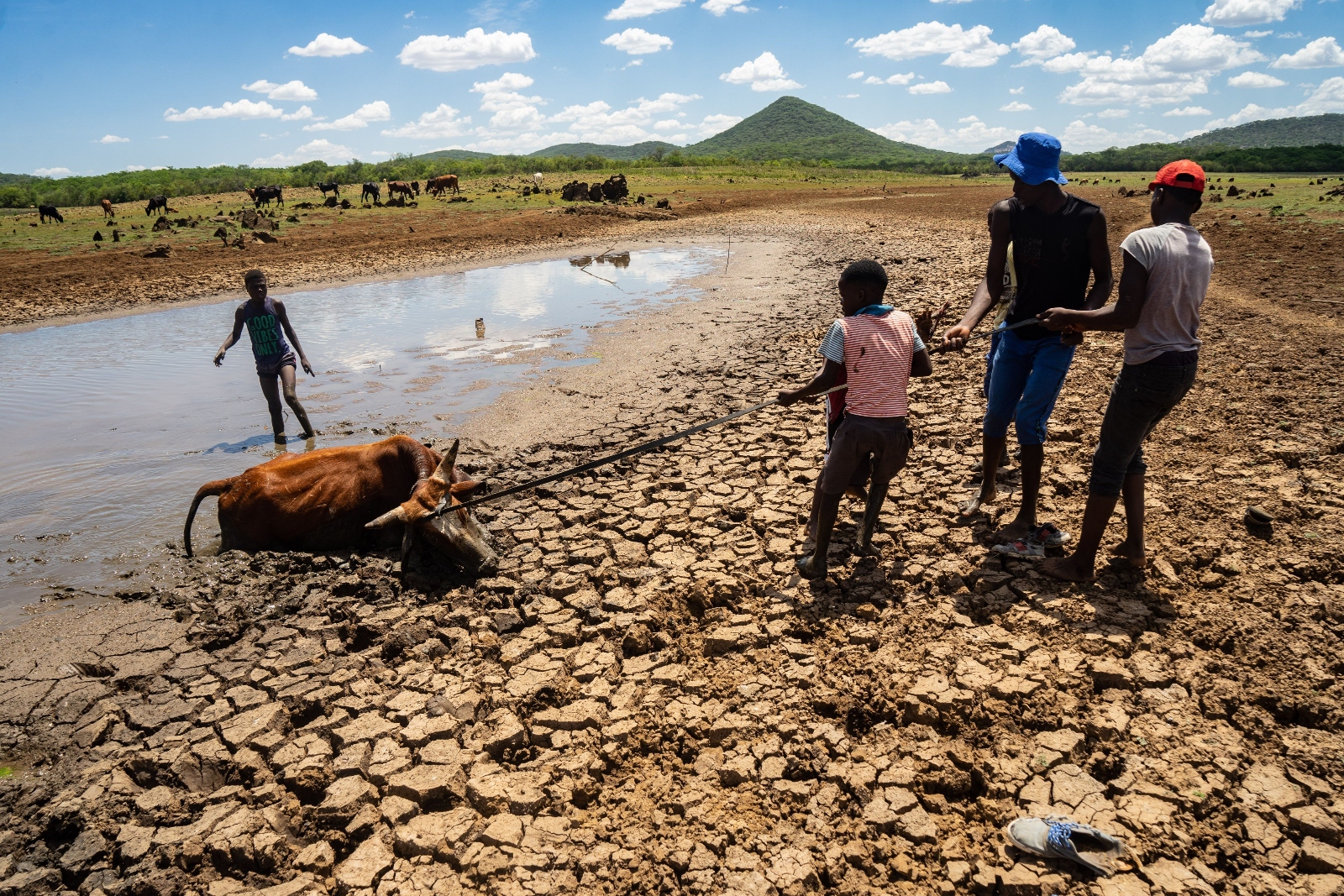The world’s most prominent verification program for corporate climate pledges is reportedly in turmoil following its board of trustees’ unilateral decision this week to allow carbon offsets to count toward companies’ supply chain emissions reduction targets.
In a letter to the board seen by Grist, dozens of staffers and program managers at the Science-Based Targets initiative, or SBTi, said the decision had caused “grave reputational damage” and implied that it risked turning their organization into a “greenwashing platform.”
The letter called for the resignation of SBTi CEO Luiz Amaral and board members who supported the change, as well as the withdrawal of the new policy.
“The actions of the CEO and the board have resulted in significant harm to our organization’s reputation and viability,” the letter said.
The SBTi is a nonprofit that sets standards for corporate emissions reduction targets. It evaluates hundreds of companies’ targets each year and certifies those it deems legitimate. Companies, in turn, advertise the SBTi’s certification as evidence that their pledges are meaningful.
Among the staffers’ main concerns is that access to carbon credits will incentivize companies to offset, rather than reduce, greenhouse gas emissions from the transportation and production of materials they buy and products they sell to consumers. Scientists say companies should do everything they can to limit these emissions, known as “scope 3” emissions, before trying to cancel them out with credits.
Carbon credits are supposed to represent some amount of carbon emissions that are avoided or removed from the atmosphere — through projects like planting trees or installing wind turbines — but experts say it’s questionable whether they actually work. More than 90 percent of the rainforest-based credits offered by one popular organization were shown last year to be “worthless,” largely because they promised to protect forests that were never under threat. (The issuer of those credits disputed the findings.)
The SBTi staffers also said the board moved “prematurely,” without notifying or adequately consulting with its technical advisers.
“The Technical Council was neither informed, consulted, nor given approval for such a significant decision,” they wrote, calling this a “clear and apparent breach” of the SBTi’s governance structures. At least one of the SBTi’s technical advisory group members — Stephan Singer, a senior adviser at the nonprofit Climate Action Network — said he resigned from the SBTi over the issue. In his resignation letter, obtained by the Financial Times, he called carbon credits “scientifically, socially, and from a climate perspective a hoax.”
Doreen Stabinsky, another SBTi adviser and a professor of global environmental politics at the College of the Atlantic in Maine, told Grist the move was a “corporate takeover of SBTi that will undermine any ‘science-based’ credibility they had.”

Michael Dantas / AFP via Getty Images
The trustees’ abrupt decision may have been influenced by external pressure to boost business prospects for the voluntary carbon market. Over the past few years, investigations and public scrutiny of “fraudulent” offsets have made prospective buyers wary of carbon credits; perhaps fearing backlash, companies bought 17 percent fewer carbon credits in 2022 than they did the previous year.
If the SBTi softened its position on these credits, it could drive up demand for them. Carbon credit programs would benefit from a bigger pool of interested buyers, and companies would be able to meet their emissions reduction targets more easily. Indeed, dozens of companies told the SBTi in a survey published last month that meeting their scope 3 targets is “too much of a challenge,” and the overwhelming majority of positive reactions to the board’s about-face on carbon credits have come from carbon market funders and participants like the American Forest Foundation, Climate Impact Partners, and Indigo Ag.
María Mendiluce, CEO of the We Mean Business Coalition — which advocates for corporate climate action and is one of the SBTi’s five partner organizations — said in a statement that the move would allow companies to “bring more innovation and investment into cutting emissions from their value chains, while also bringing in much needed funding for climate projects in the Global South.”
Organizations that set standards for the voluntary carbon market in order to help it grow, including the International Emissions Trading Association, the Integrity Council for Voluntary Carbon Markets, and the Voluntary Carbon Markets Integrity Initiative, also supported the new policy. The last of these recently adopted a similar position on carbon credits used to offset supply chain emissions that raised similar concerns among experts.
“The faulty business model of offset credits is in danger, and this wild move is an attempt to keep the business model alive,” Sybrig Smit, a policy analyst for the nonprofit NewClimate Institute, told Grist. “It’s not an attempt to save the climate.”
Some carbon credit proponents may have lobbied the SBTi board directly for a change in policy. Earlier this week, the Financial Times reported that the Bezos Earth Fund, a $10 billion philanthropic organization created by Amazon founder Jeff Bezos and a “core funder” of the SBTi, arranged a two-day meeting in March with SBTi board members, at which representatives of the fund urged the SBTi to allow companies to use offsets.
The Bezos Earth Fund is a founding sponsor, along with the Rockefeller Foundation and the U.S. State Department, of a large-scale carbon credit system that was first unveiled at the U.N.’s annual climate summit in 2022. At the time, an independent analysis suggested that the system would need to attract significant business participation in order to have more than marginal impact on greenhouse gas emissions and climate finance.
The initiative “basically aims to develop a system that will look to sell a lot of credits, and they need to find buyers,” said Gilles Dufrasne, lead on global carbon markets for the European nonprofit Carbon Market Watch.
The Bezos fund and its partners relaunched their carbon credit system at last year’s U.N. summit and said they would finalize a framework for the system by Earth Day 2024, less than two weeks after the SBTi board’s announcement. Dufrasne called the timing “curious.”
The Bezos Earth Fund did not respond to Grist’s request for comment, but the philanthropy told the Financial Times it was uninvolved in the SBTi’s new policy on offsets. A spokesperson said the fund is committed to “ensuring that any use of high integrity market mechanisms is subject to stringent guardrails, limits, and rules so that any use of high integrity carbon credits enhances rather than undermines the integrity of corporate climate targets.”
Neither the U.S. Department of State nor the SBTi board of trustees responded to Grist’s requests for comment. Amaral, the SBTi’s CEO, didn’t respond to a message on LinkedIn.
Across academia and the advocacy world, critics have not held back in repudiating the SBTi board’s decision. Teresa Anderson, global lead on climate justice for the nonprofit ActionAid International, said on X that the move “renders the standard for climate action meaningless.” Alison Taylor, a clinical professor at the New York University Stern School of Business, posted that the move was “good news for voluntary carbon markets, bad news for the overwhelming prevalence of BS in this area.”
Other organizations, including Carbon Market Watch, run their own efforts to evaluate private sector decarbonization plans, but none of them do it at the same scale as the SBTi. In 2022, the organization approved more than 1,000 companies’ climate pledges. It removed hundreds of them from a validation process last month over their failure to submit sufficiently ambitious emissions reduction targets.
“It’s just sad,” said Peter Riggs, director of the environmental nonprofit Pivot Point, describing the niche position the SBTi has held as a widely respected arbiter of corporate climate plans, trusted by both business leaders and climate advocacy groups. “We were hoping SBTi was going to be the exemplar of integrity at a time when other initiatives were still messing around with offsets. And now they’re indistinguishable.”
This story was originally published by Grist with the headline A climate pledge verifier said it would allow more carbon offsets. Its staff revolted. on Apr 12, 2024.




